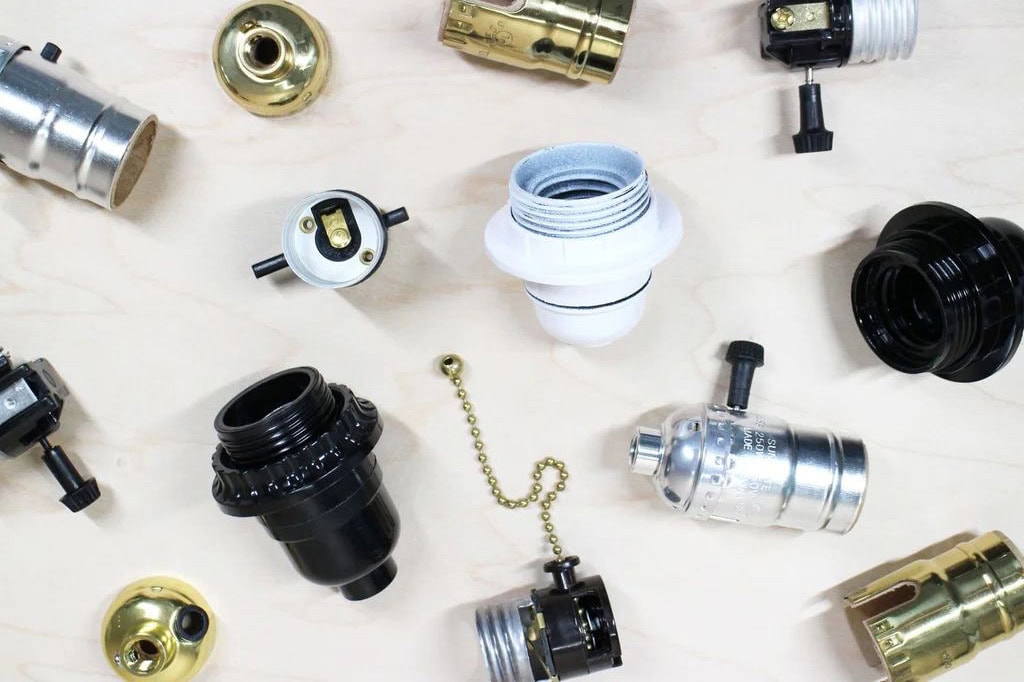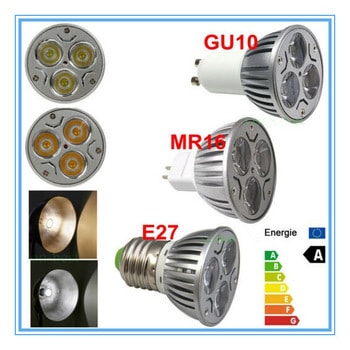Not knowing the power consumption of light bulb sockets can lead to energy inefficiencies or even safety issues. Understanding what causes a light socket to use power can help you be energy efficient and not burn your house down.

Light Sockets Don’t Consume Power on Their Own; the Bulb Determines Usage
The power consumption of a light socket itself is minimal—it’s actually the bulb within the socket that determines overall energy usage. While a socket simply facilitates the flow of electricity to the bulb, the bulb’s wattage dictates how much power will be drawn from the source. In most cases, the socket’s job is to hold the bulb securely and deliver power to it, but certain aspects of the socket, like its maximum wattage rating, impact energy flow as well.
Understanding Bulb Wattage and Its Influence on Socket Power Consumption
The bulb’s wattage rating directly influences how much power is consumed. For example, a 60-watt incandescent bulb will consume 60 watts of power when turned on. A light socket can host various bulbs, and different types (such as LED, halogen, or incandescent) have unique wattage ratings that influence energy use. Higher-wattage bulbs draw more power and emit more light, while lower-wattage bulbs use less power and produce less light. The socket itself, in this scenario, doesn’t consume energy; it only enables the bulb’s operation. However, matching the socket’s capacity to the bulb’s wattage is essential for safe operation, as exceeding the socket’s capacity could cause overheating or even fire hazards.
The Importance of Socket Wattage Ratings
Every light socket is rated for a specific maximum wattage to ensure safe power handling. Exceeding this limit can lead to risks like overheating, circuit overloads, or fire. Common residential sockets like the E26, often found in lamps and light fixtures, are usually rated for up to 60 watts. Industrial sockets, such as the E40, can handle up to 1000 watts, making them suitable for high-wattage bulbs used in large spaces like warehouses. Choosing the right wattage limit for your socket and bulb combination ensures that power is used efficiently and safely. Socket wattage ratings are listed on the product label and should always be considered when installing bulbs to prevent damage or hazards.

Voltage and Current Compatibility of Light Sockets
The compatibility between socket voltage ratings and the power supply voltage is crucial for safe and efficient lighting. In North America, E26 sockets are typically designed for 120V, while E27 sockets in Europe are rated for 240V. Using a bulb with a voltage rating different from that of the socket can strain the electrical system, leading to inefficient energy use and potential hazards. For instance, a bulb designed for a 120V E26 socket might work in an E27 socket but will experience a shorter lifespan due to voltage mismatch. Matching the voltage of the socket and bulb to the supply voltage prevents damage, ensures efficiency, and allows the lighting system to work as intended without extra energy consumption or strain.
Impact of Power Factor and Efficiency on Energy Usage
Power factor, the ratio of real power (used by the bulb) to apparent power (supplied by the source), affects overall efficiency. A low power factor indicates wasted energy, as some of the supplied power doesn’t contribute to actual lighting output. Sockets with better-quality materials, such as ceramic E27 or E40, support higher efficiency by reducing electrical resistance and heat loss. This efficiency is vital, especially in high-power applications where even minor inefficiencies can lead to significant energy waste over time. Selecting sockets with high power factors can reduce electricity bills and contribute to a more sustainable lighting solution.
Common Misconceptions: Do Light Sockets Use Power on Their Own?
A common misconception is that light sockets consume power even when no bulb is installed. In reality, a traditional socket only acts as a conduit, enabling power to flow to the bulb when it’s connected and turned on. The only exceptions are smart sockets, dimmer sockets, or adapters that draw a small amount of standby power to maintain connectivity or control functions. In such cases, the energy usage is minimal and often considered negligible, though it could contribute to electricity usage in systems with many connected sockets.

Different Types of Sockets and Their Power Usage Capacities
Not all sockets are created equal, and their power-handling capacity varies widely based on the type and design. Popular types include the E26 (medium screw base), GU10 (bayonet for halogen and LED bulbs), and MR16 (two-pin push-in). Each socket type has specific applications and power-handling capacities. For instance, an E26 socket can usually handle up to 60 watts, while an E40 socket can support high-wattage applications up to 1000 watts. By choosing a socket type that aligns with the intended bulb and usage environment, you can optimize energy usage and extend both socket and bulb life.
How to Choose the Right Socket for Power Efficiency
Selecting the right socket can have a meaningful impact on energy efficiency and safety. Begin by choosing sockets based on bulb type, application, and setting. For example, an E40 socket is ideal for high-wattage bulbs in an industrial setting where bright, widespread light is needed, while E26 sockets are commonly used in homes and work well with energy-efficient LEDs. The application also matters—outdoor settings with exposure to elements may require waterproof and dustproof sockets to prevent energy waste from electrical faults. Finally, choosing high-quality materials, like porcelain or ceramic sockets, increases heat resistance and efficiency, especially for high-power usage.
Final Words:
Light sockets don’t use power; they enable the light bulb to use power. Make sure you match the socket type, the wattage rating, and the voltage to the light bulb you’re using for efficient, safe, and long-lasting lighting.













